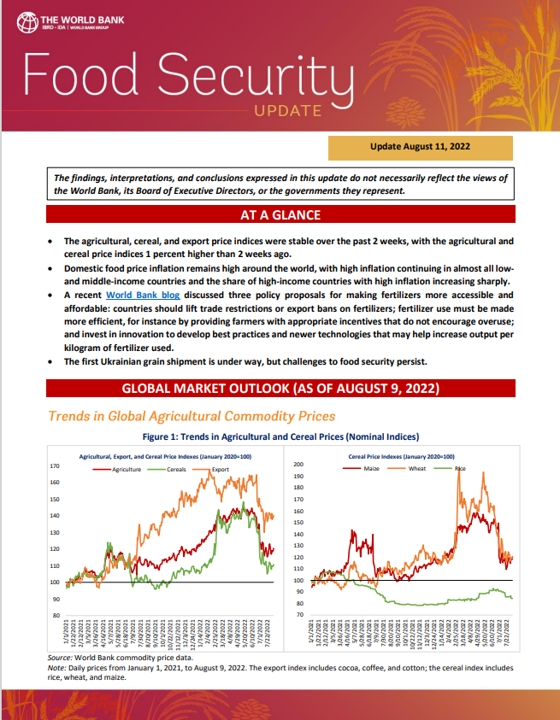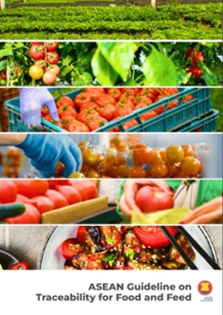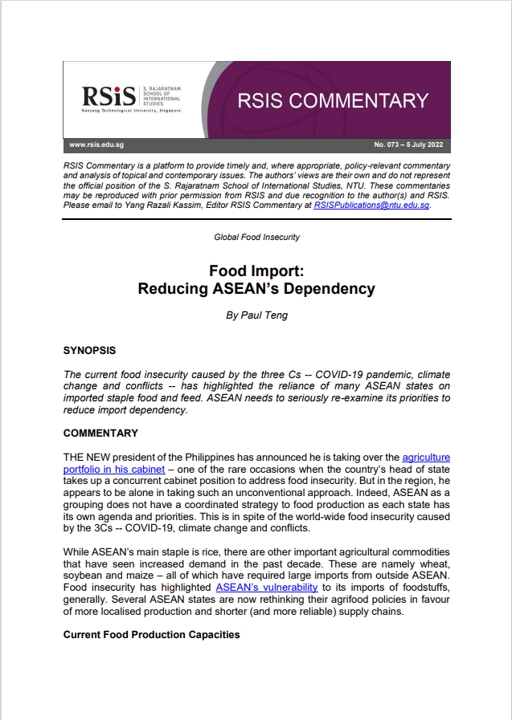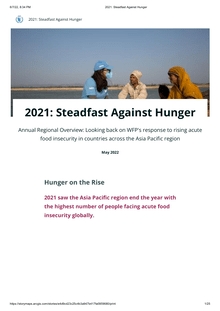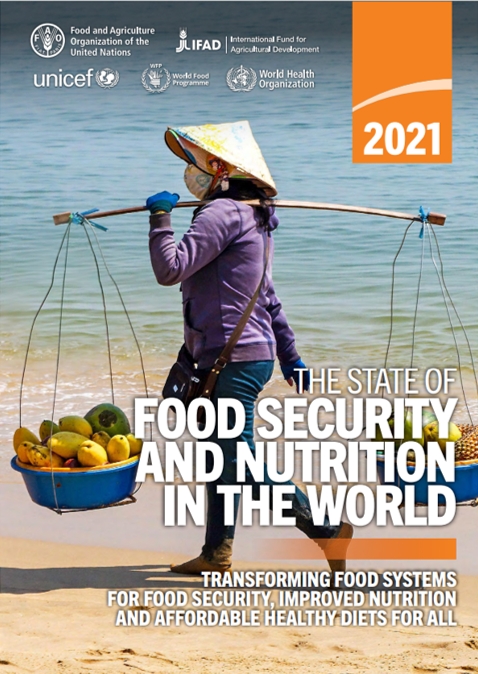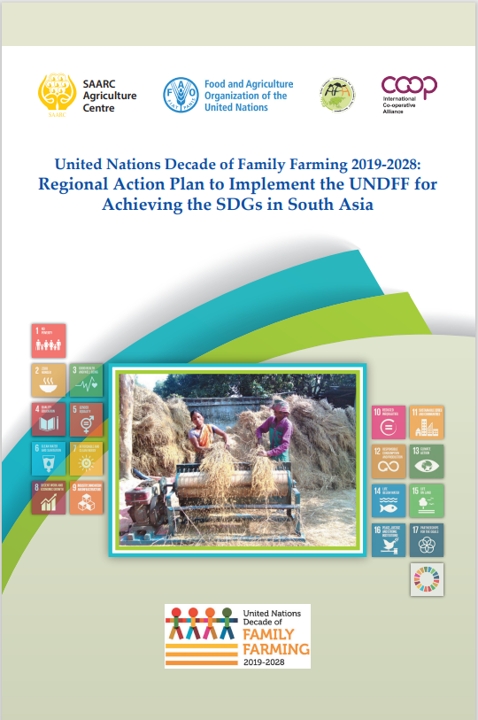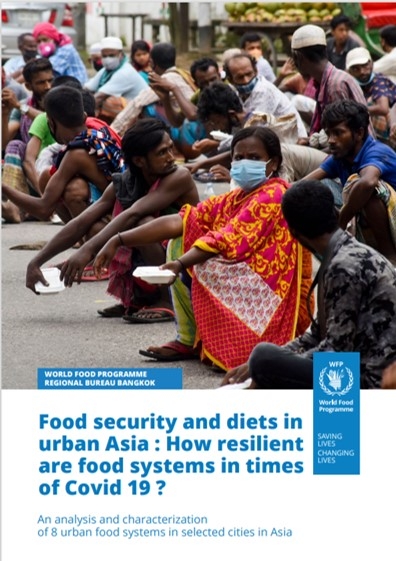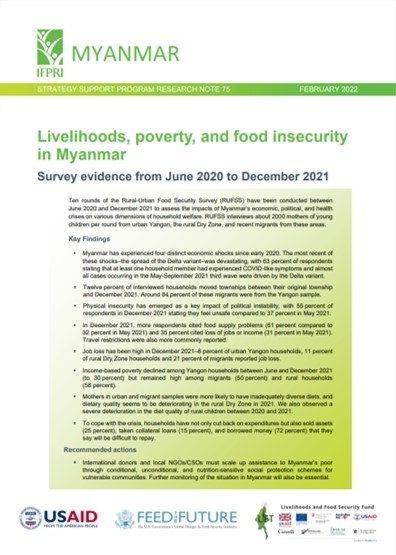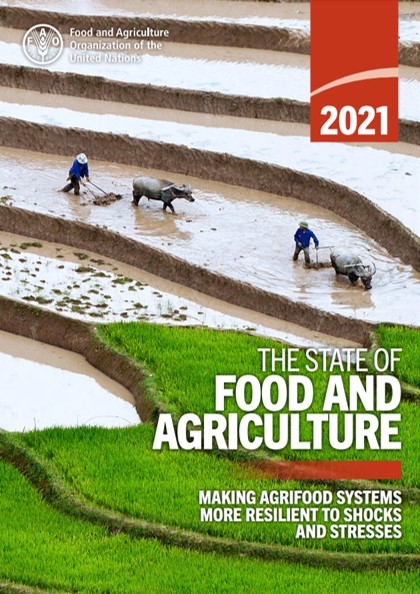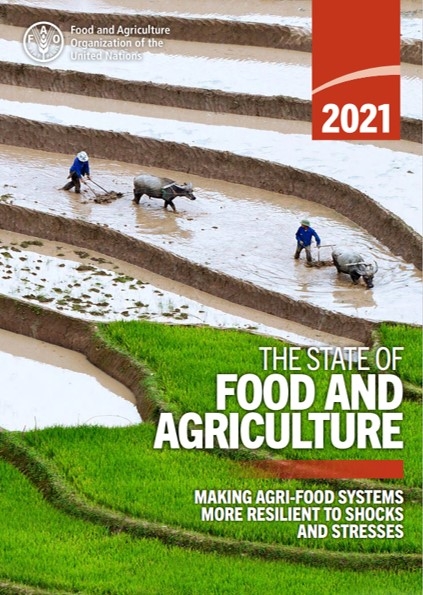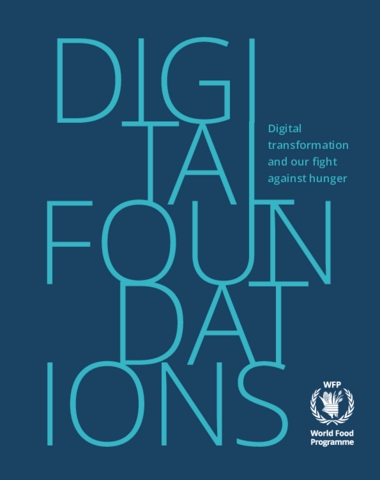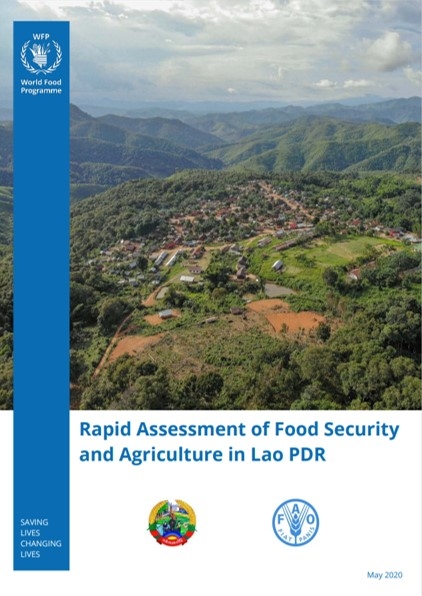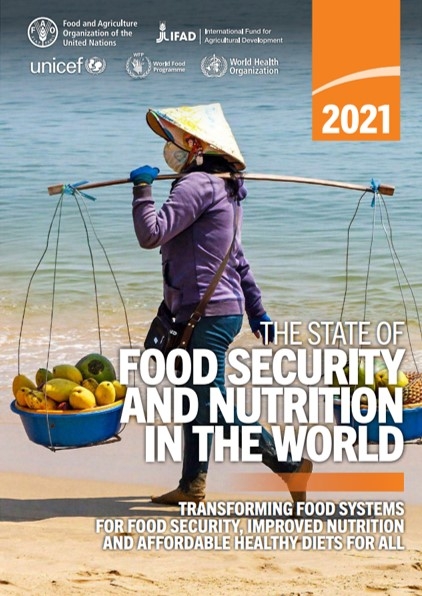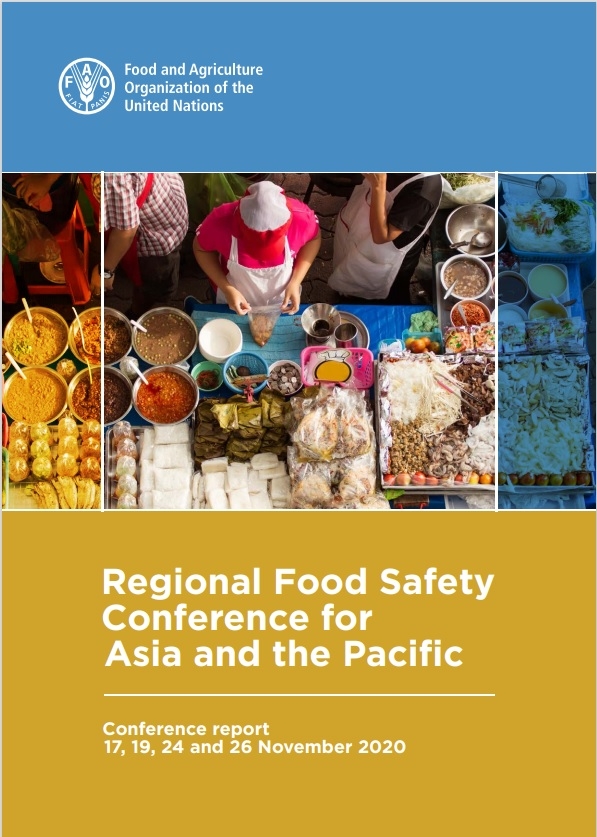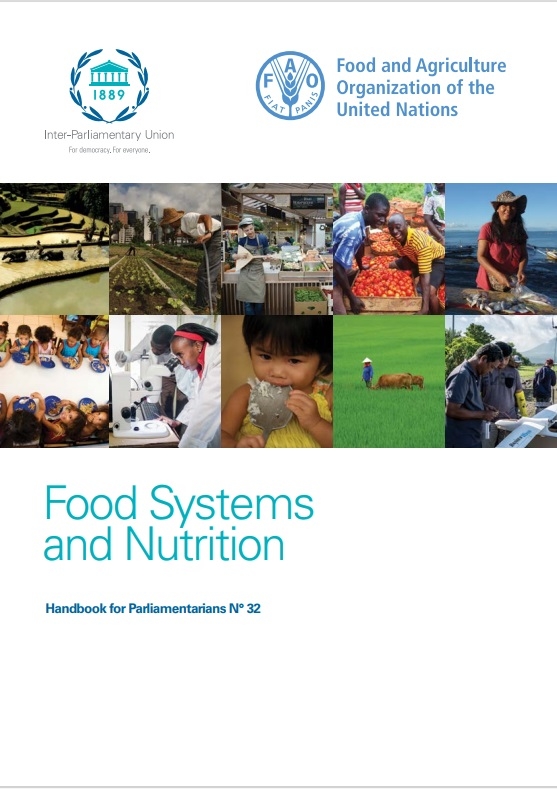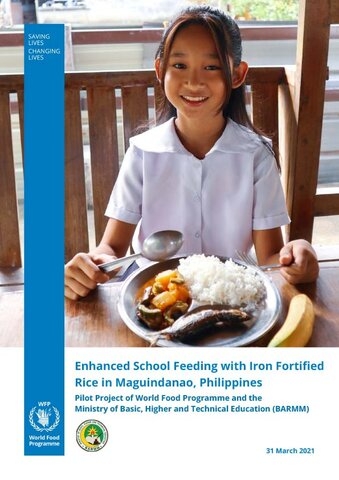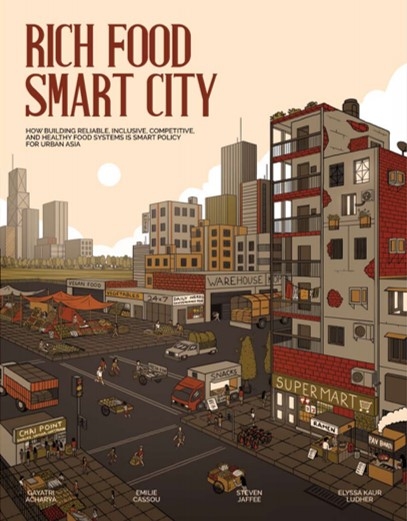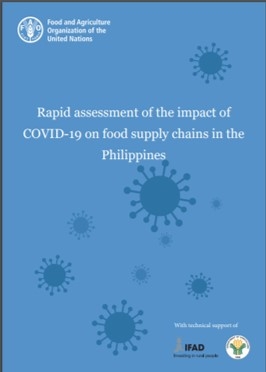Key Points
- Resource use trade-offs between different sectors could undermine water, energy, and food security targets. Competition for finite land and water resources could undermine ambitious production targets and lead to further deforestation with impacts on emissions targets and the resilience of critical ecosystem services.
- Opportunities exist to improve synergies between different sectors' targets through multilevel planning processes. The policy coherence analysis identifies several strategies that could realise potential synergies between different sector targets, including the prioritization of degraded land for agricultural expansion, increases in agricultural productivity, and investment in forest conservation as ‘natural’ infrastructure for improving downstream water supply for agriculture and energy production, generating co-benefits such as emissions reductions, biodiversity and forest-based employment and livelihoods.
- Indonesia’s archipelago with its diverse social, economic, and natural resource realities requires differentiated sub-national development models. Policy instruments that recognise local land use dynamics, bio-physical and socio-economic characteristics (e.g. infrastructure, access to technical assistance). Strengthening the role of bottom up inputs into development planning will be key to achieving this.
- Indonesia’s land use planning instruments provide a good framework that can be drawn upon to improve the coherence of development plans across sectors and scales. However, the lack of reliable data hampers its effectiveness in managing resource trade-offs. Strategic environmental assessment (SEA) may guide the land use planning process and mitigate unexpected development impact to the environment, as well as integrate climate issues into development planning, but urgently requires a stronger evidence base and in-depth analysis of likely resource demands across sectors and resource capacity.
- Upcoming provincial and district elections in 2017 and the subsequent process of formulating the 2020-2025 mediumdevelopment plan in 2018 both nationally and sub-nationally provide a window of opportunity for addressing resource trade-offs and building synergies across sectoral targets.
- It also offers a critical entry point for mainstreaming and operationalizing Indonesia’s Nationally Determined Contribution (NDC) into sectoral development plans. In the more immediate future, the review and development of annual sector plans offers an opportunity to address key bottlenecks in the implementation of sector programs and activities.


